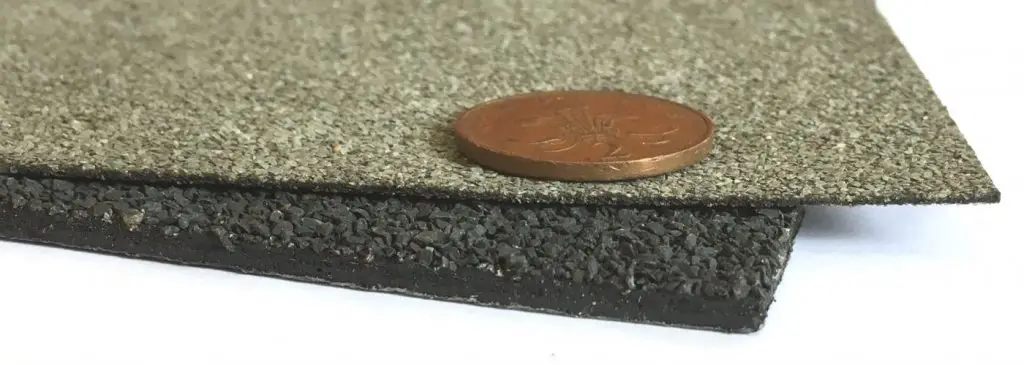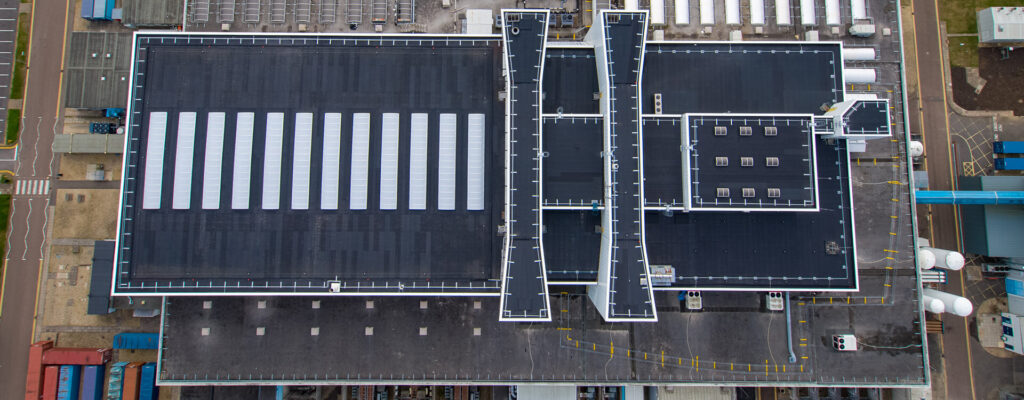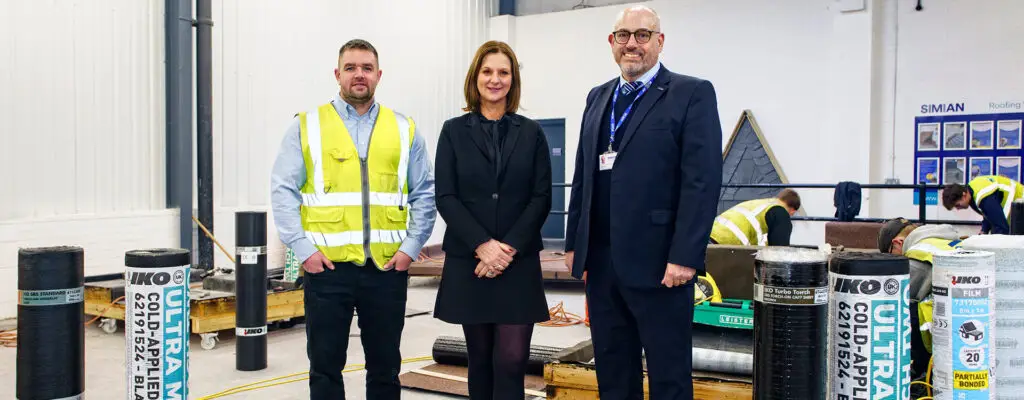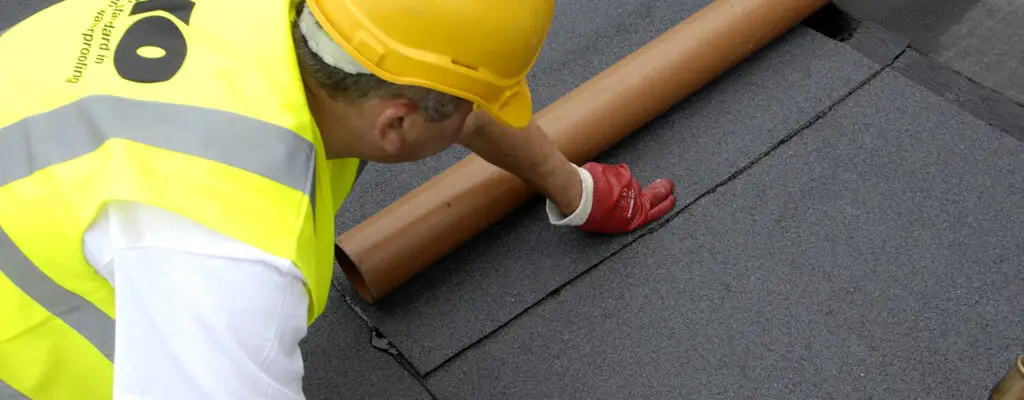What is a roofing capsheet?
Roofing felt also known as reinforced bitumen membranes (RBMs) comes in many types and for every budget. They are an effective way to waterproof flat roofs of various buildings such as residential, commercial, retail, education, and health care.
Typically built up roofing is formed on site from two or more layers of roofing felt – with the top layer being the capsheet.
The capsheet is used to provide a watertight surface and protection and is one of the most important components of a building providing protection and comfort to its occupants.
The capsheet layer needs to be strong and durable to resist degradation due to extremes of weather as well as movements from the building materials. If the wrong capsheet is being chosen or incorrectly installed, then the capsheet will weaken and eventually split allowing ingress of water into the building.
To better understand what constitute a good capsheet, it’s important to take a look at its composition.
What are they made of?
The manufacture of roofing felt is a continuous process which consists of three core components:
- Reinforcement base.
- Modified bitumen (impregnating the base).
- Protective finish.
Reinforcement base
The continued development and popularity of roofing felt is due to the weatherproofing and adhesive properties of bitumen, but it is the nature of reinforcing base which dominates the strength and fatigue resistance of the membrane.
Most high-performance felts are made on a polyester fibre base which is more than strong enough for roofing purposes and has a high-elongation at break which exceeds all demands likely to be met in service.
Polymer modified bitumen
The addition of a polymer to the bitumen improves its properties as a roofing material and in particular its flexibility, strength and fatigue resistance allowing the capsheet to better cope with thermal and structural movements.
Two most commonly used modifying additives are APP and SBS. What’s the difference?
APP modified bitumen
- APP (atactic polypropylene).
- Behaves like ‘plastic’.
- Higher softening point. Cope better with higher temperature without softening, reducing foot marking issues during installation.
SBS modified bitumen
- SBS (styrene butadiene styrene).
- Behaves more like ‘rubber’.Able to cope with greater ranges of temperature whilst maintaining superior flexibility, so will better cope with movement avoiding splitting over time.
- Use less heat to install than APP (quicker installation).
Surface protection
Most roofing felt capsheets require surface protection to prevent the membrane being damaged during installation or in service by pedestrian traffic or by the damaging effect of UV rays.
Suitable protective methods include:
- Minerals and stone chippings surface.
- Reflective coatings.
- Aluminium or copper finish.
Methods of applications
Capsheets can be installed using several methods and all construction detailing and specification should conform to UK Building Regulations. Relevant Code of Practice and British Standards should also be used for guidance.
Typical method of applications:
- Torch applied.
- Pour and roll (less popular nowadays); using heated and melted bitumen as an adhesive to adhere the roofing felt.
- Cold applied systems refer to either using a cold PU adhesive to adhere the membrane or using a self-adhesive capsheet containing a specially formulated adhesive into its underside.
Summary
As well as understanding what constitutes a good roofing capsheet it is important to take into consideration the following factors when specifying and installing roofing felt membranes (RBMs).
Capsheet selection – check list:
- Check the product credentials such as weight, fire performance and 3rd party certifications.
- Its method of application.
- Look for meaningful guarantees. Make sure to read the small print.
- Work with a reputable manufacturer/supplier that has a network of approved installer.
- What technical/support do you get from the supplier? This is invaluable!
- Ensure the supplier/installer is part of recognised trade association(s).
- What is the impact on the environment? Is the product locally sourced?
Undeniably the roof and its waterproofing protect our most valuable assets. Therefore it is important to select and buy the best waterproofing product you can afford in order to avoid costly repair or damages to the building further down the line.



